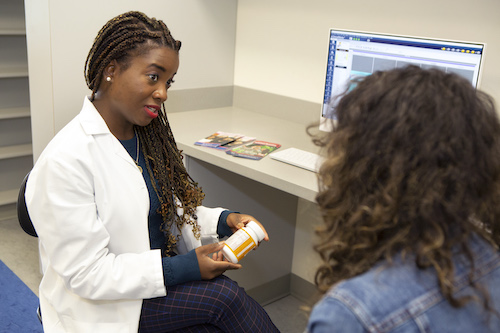
July 19, 2022 – Recent research published in the Journal of the American College of Clinical Pharmacy shows that investments made in clinical pharmacist-led patient care can substantially improve health measures in low-income patients facing a debilitating chronic disease.
The paper, titled The impact of clinical pharmacist-led comprehensive medication management on diabetes care at Federally Qualified Health Centers within the BD Helping Build Healthy Communities program, describes a study commissioned by BD (Becton, Dickinson and Company), a leading global medical technology company, along with Direct Relief and the National Association of Community Health Centers (NACHC), which found that patients enrolled in a comprehensive medication management program at federally qualified health centers (FQHC) saw their Hemoglobin A1c (HbA1c) scores decrease by 1.2% in six months — equating to an estimated20% lower risk of death.
The study analyzed clinical pharmacy approaches at eight federally qualified health centers that received funding through the BD Helping Build Healthy Communities™ grant initiative, which was established in 2013, and funded by BD and the BD Foundation, and implemented by Direct Relief and NACHC in order to support comprehensive medication management services for low-income patients. Clinics were evaluated for two years and included awardees from 2017, 2018 and 2019.
FQHCs are community-based providers that receive funding under the Public Health Service Act in order to provide primary care services in underserved areas and often work under significant budget constraints despite caring for nearly 30 million patients annually, 67% of whom earn an income below the federal poverty line. Because standard Medicaid coverage does not often reimburse health care providers for novel programs like comprehensive medication management, non-federal funding sources like philanthropic investments are instrumental in helping health centers care for vulnerable patient populations. This is especially true of people living with diabetes as a 1% drop in their average blood sugar over 3 months (i.e., glycosylated hemoglobin [HbA1c]) can save the health care system an estimated $685 to $950 annually per patient, while also reducing the risk of serious longer-term health issues.
